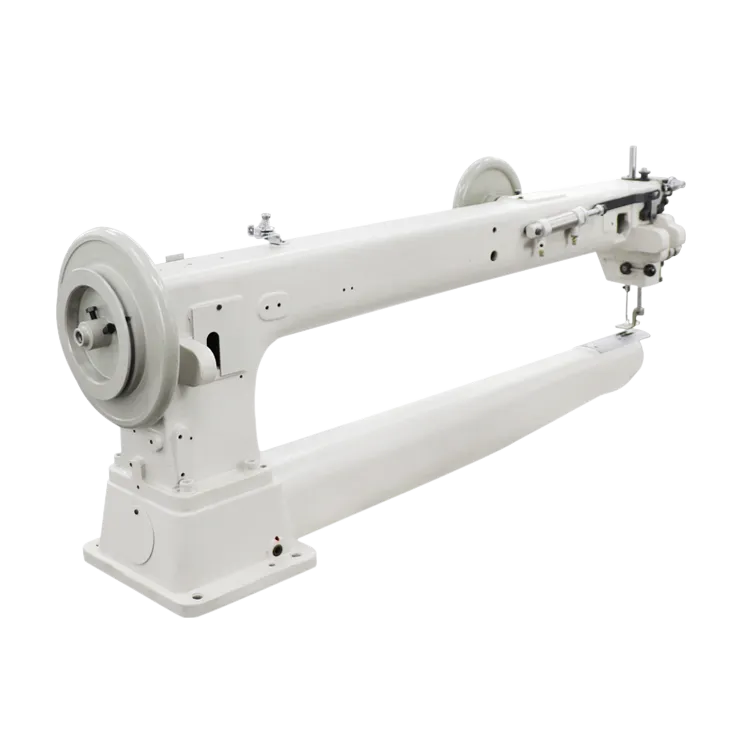standard sewing machine needle
Understanding Standard Sewing Machine Needles
When it comes to sewing, the needle is one of the most crucial components of your sewing machine
. The right needle can make a significant difference in the quality of your work, influencing both the appearance and durability of your stitches. Among the many varieties available, standard sewing machine needles are the most commonly used and are essential for a wide range of sewing projects.Standard sewing machine needles are typically designed for general-purpose sewing. They usually come in various sizes, with the most common being 70/10 to 90/14. The first number represents the metric size, while the second number indicates the American size. Choosing the right size depends on the fabric you are working with; lighter fabrics like silk and tulle require finer needles, while heavier materials such as denim and leather call for thicker ones.
These needles have a universal point, which makes them versatile for different kinds of fabrics, including woven and knit materials. This makes them an excellent choice for most sewing tasks, from garment construction to quilting. However, it’s essential to note that specific projects may require specialized needles, such as ballpoint needles for knits or sharp needles for quilting, which will give better results in those particular applications.
standard sewing machine needle

Understanding needle anatomy is essential for any sewist. Standard sewing machine needles consist of several parts the shaft, the point, the eye, and the groove. The shaft is the long, slender part of the needle; it determines the thickness of the needle. The point is the sharp end that penetrates the fabric, while the eye is the small hole where the thread passes through. Lastly, the groove runs along one side of the needle, helping guide the thread into the eye.
When using standard sewing machine needles, it's important to replace them regularly. A worn needle can lead to skipped stitches, fabric damage, and even thread breakage. Generally, it’s a good idea to change your needle after every project or after every 8 hours of sewing. Always ensure you are inserting the needle correctly; a needle that’s not positioned properly can lead to difficulties in sewing and an imperfect finish.
In conclusion, standard sewing machine needles are fundamental to any sewing project. Understanding their sizes, anatomy, and maintenance can greatly improve the quality of your sewing experience. Whether you’re a beginner or an experienced sewist, having a good grasp of needle selection and care will enhance your sewing capabilities, ensuring beautiful and long-lasting results in all your creations. With the right needle in hand, you can tackle any fabric confidently!
-
Industrial Cylinder Arm Sewing Machine: Revolutionizing Heavy-Duty SewingNewsJul.28,2025
-
Cylinder Arm Sewing Machine: Perfect for Special Sewing ApplicationsNewsJul.28,2025
-
Cylinder Bed Sewing Machine: Essential for Sewing Complex MaterialsNewsJul.28,2025
-
Heavy Duty Sewing Machine: The Essential Tool for Industrial ApplicationsNewsJul.28,2025
-
Computerized Pattern Sewing Machine: Revolutionizing Precision StitchingNewsJul.28,2025
-
Heavy Duty Industrial Sewing Machine: Power Meets PrecisionNewsJul.28,2025
-
Leather Sewing Machine: The Industrial Standard for Tough MaterialsNewsJul.18,2025





























